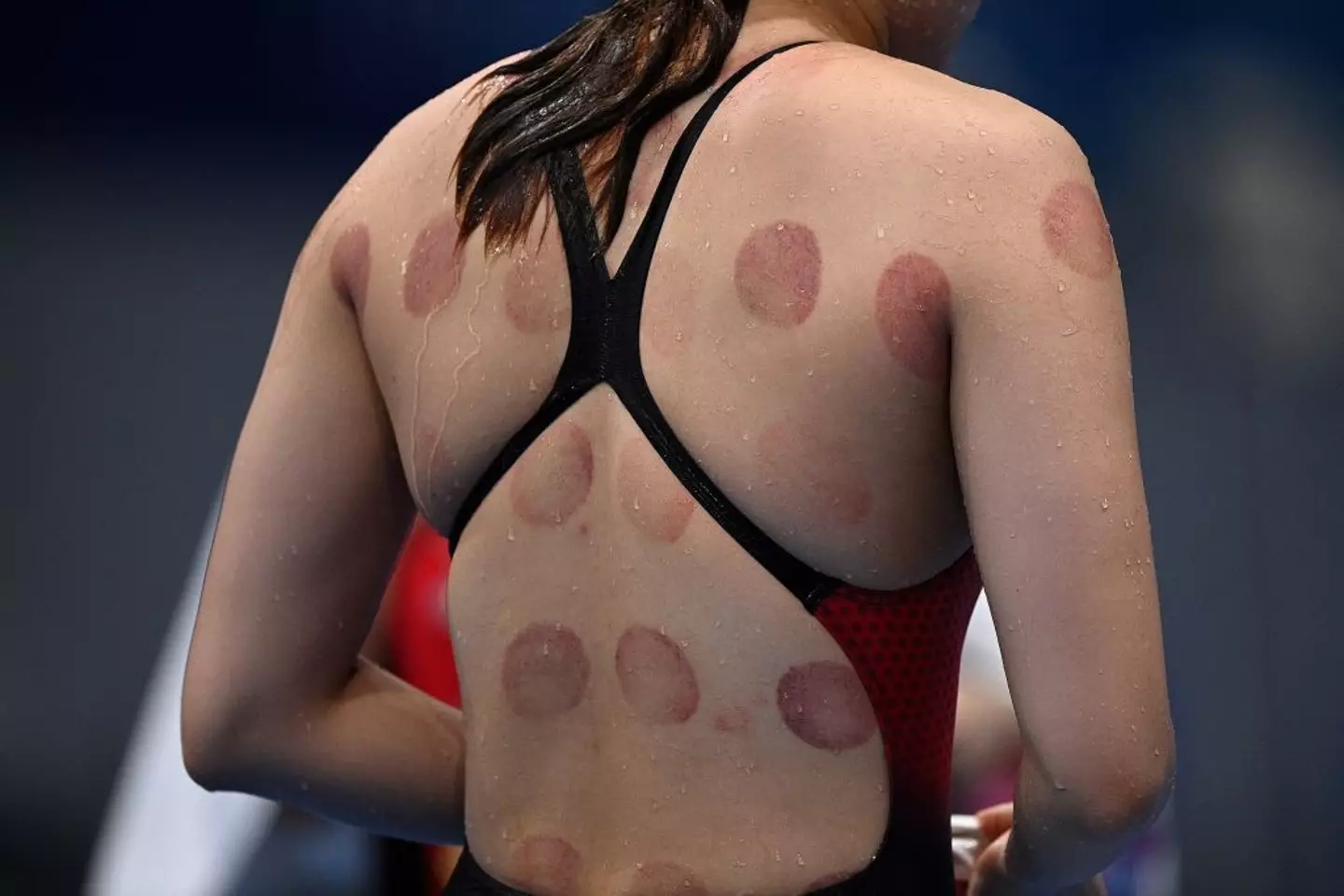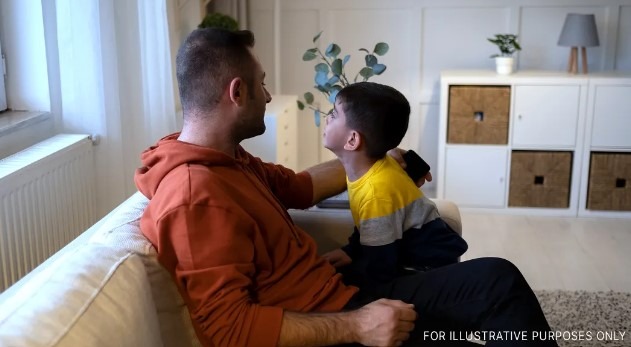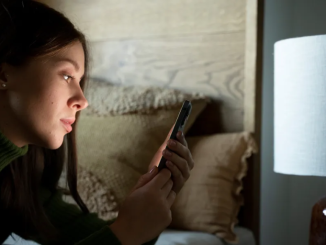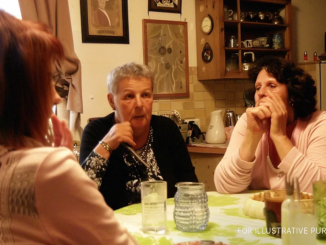
This year’s Olympics are now in full swing and it’s all eyes on the athletes.
From archery and shooting to athletics and gymnastics, there’s all kind of sports taking place across Paris, France, at the moment.
One fan-favorite sport to watch is the swimming, and this year there’s a whopping 854 athletes from 187 different countries competing.
But there’s a common theme you might have spotted with some of the swimmers and that’s the unusual dark red circles they have on their backs.

While it might look like they’ve had a fight with an octopus and lost, there’s a very different reason for the odd markings.
It turns out that the large spots are from cupping therapy – an ancient healing technique that involves placing cups on the skin to create suction and increase blood flow to the area.
The unconventional method is supposed to help with muscle recovery and is used as a type of deep tissue massage.
Some athletes were spotted with cupping therapy bruises back at the Rio Olympics in 2016, and it’s still seemingly popular now.

Gymnast Alexander Naddour told USA Today back in 2016 that cupping was supposedly the ‘secret’ to his health.
He added: “It’s been better than any money I’ve spent on anything else.”
Away from the Games, basketball player Kyle Singler has also praised cupping therapy.
“The bruises do look more intense than what they actually feel like, but the benefit from it is really great,” he previously insisted.
Singler continued to tell Sports Illustrated: “You’re not necessarily getting the immediate response that you might want but over time it does help with recovery and loosening tissue and stuff like that.”
But does cupping therapy actually work according to experts? It’s seems as if the jury’s still out.

According to Harvard Health, some studies have found that cupping might provide some relief for a number of musculoskeletal and sports-related conditions. The quality of this evidence was ‘limited’, however.
Elsewhere a 2022 review found that wet (as opposed to dry cupping) was effective for lower back pain.
While the bruises people get from cupping are pretty gnarly, the therapy is generally seen as safe to practice – even if people aren’t 100 percent on how affective it is.
“Most experts agree that cupping is safe. As long as those treated don’t mind the circular discolorations (which fade over a number of days or weeks), side effects tend to be limited to the pinch experienced during skin suction,” Harvard Health explains.
“It’s quite unusual that cupping causes any serious problems (though, rarely, skin infections have been reported).”
There you have it, folks.
I Overheard My Husband Telling Our 4-Year-Old to Keep a Secret—Days Later, I Discovered the Shocking Truth Myself

Paige loves her career, even if it means being away from home often. After a business trip, she overhears a cryptic conversation between her husband, Victor, and their four-year-old son, Mason. This moment marks the beginning of her marriage unraveling.
Paige and Victor endured four miscarriages but emerged stronger, or so she thought. When Mason was born, he became their focus. Despite Paige’s demanding job as a clothing brand executive, Victor managed their home life, even changing his work schedule to be more present for Mason.
After a three-day trip, Paige returned home eager to see her family. However, the house was quiet, and she overheard Victor telling Mason not to tell her about something that would make her sad. Sensing trouble, she tried to dismiss it but struggled to sleep that night.
On her next business trip, she received a series of photos from Victor featuring Mason with a new toy—and a pair of blue shoes in the background that weren’t hers. Alarmed, she scrolled through more pictures, discovering evidence of another woman in their home.
Returning home, Paige found Mason napping. Upon entering her bedroom, she overheard muffled sounds confirming her fears. When she opened the door, Victor was with another woman, who quickly fled to the bathroom. The confrontation was chaotic, filled with accusations and heartbreak.
Victor tried to shift blame, claiming Paige was never around and needed to consider his feelings. Paige, devastated, realized that her vows had meant something to her, while Victor had betrayed them.
After recounting the ordeal to her family, they encouraged her to have Victor move out. Although he denied the affair, he didn’t contest the divorce, desperately trying to maintain some dignity.
Reflecting on the signs she had ignored, Paige was determined to rebuild her life for herself and Mason. She knew she had to be stronger and smarter moving forward.



Leave a Reply